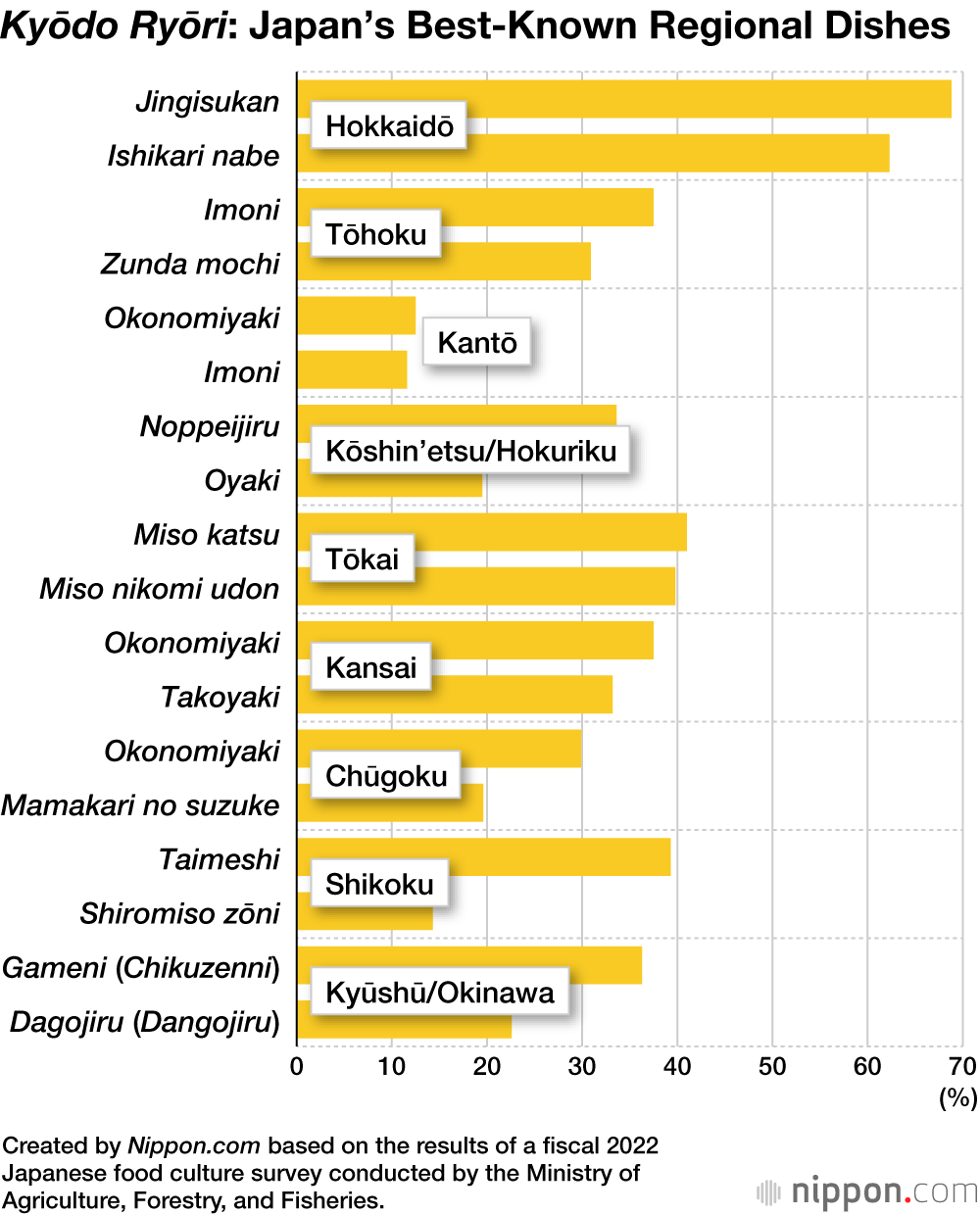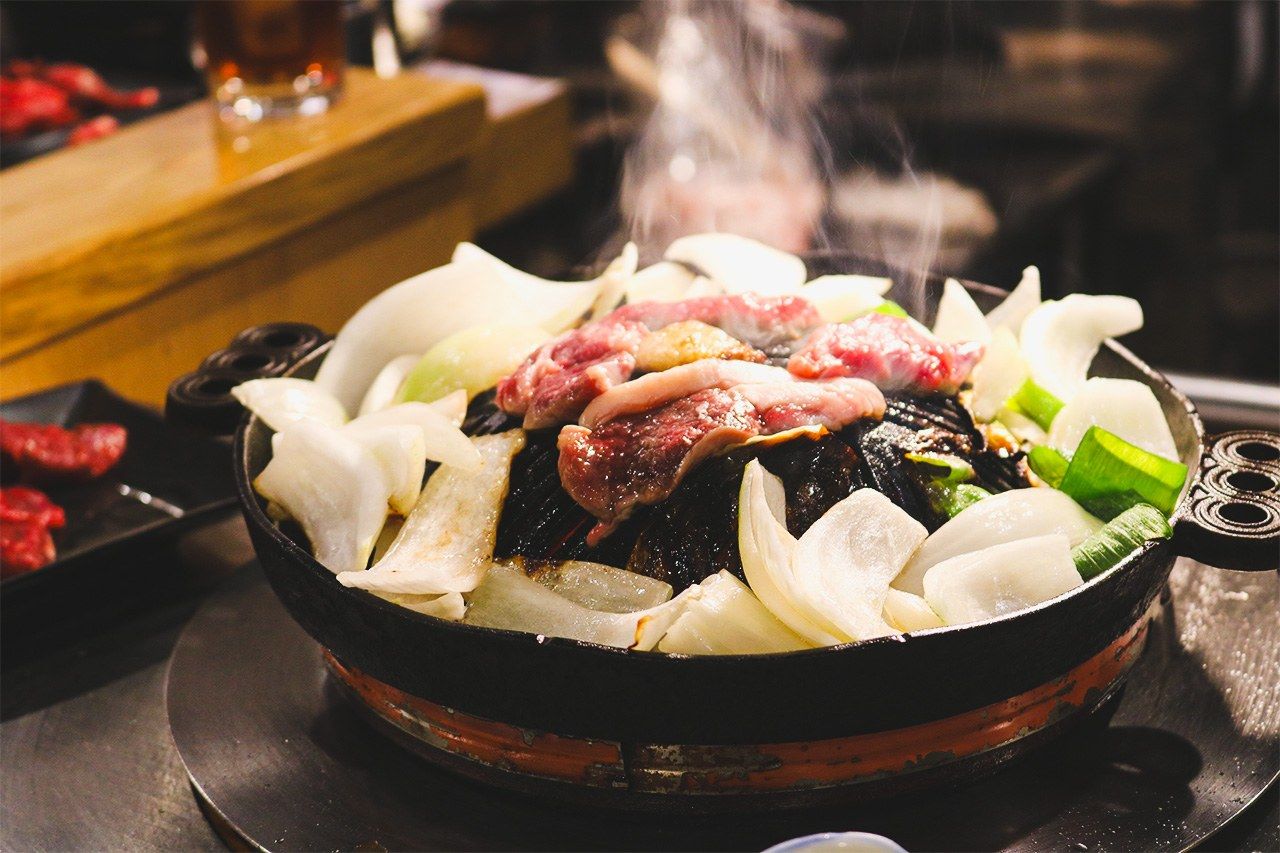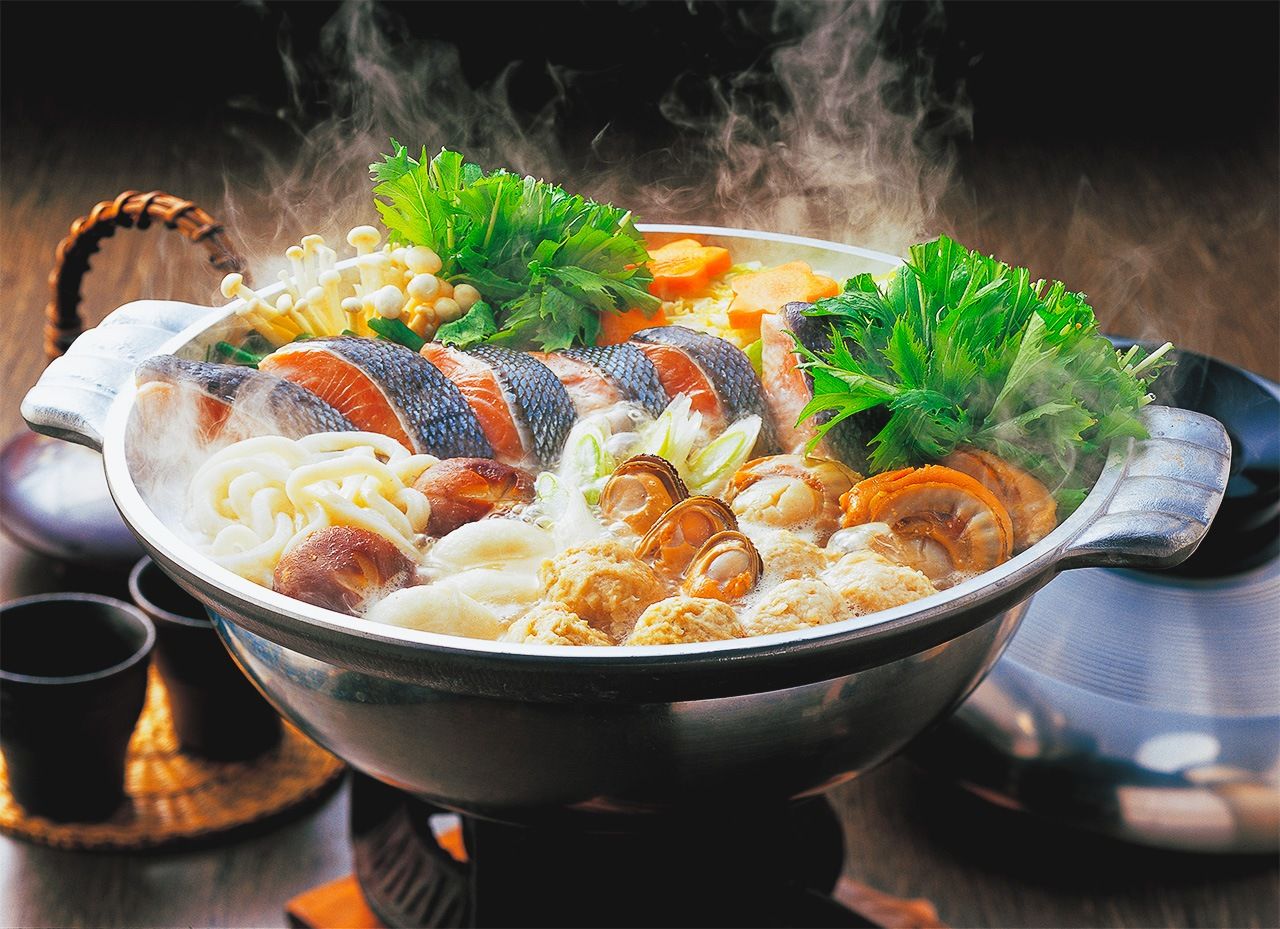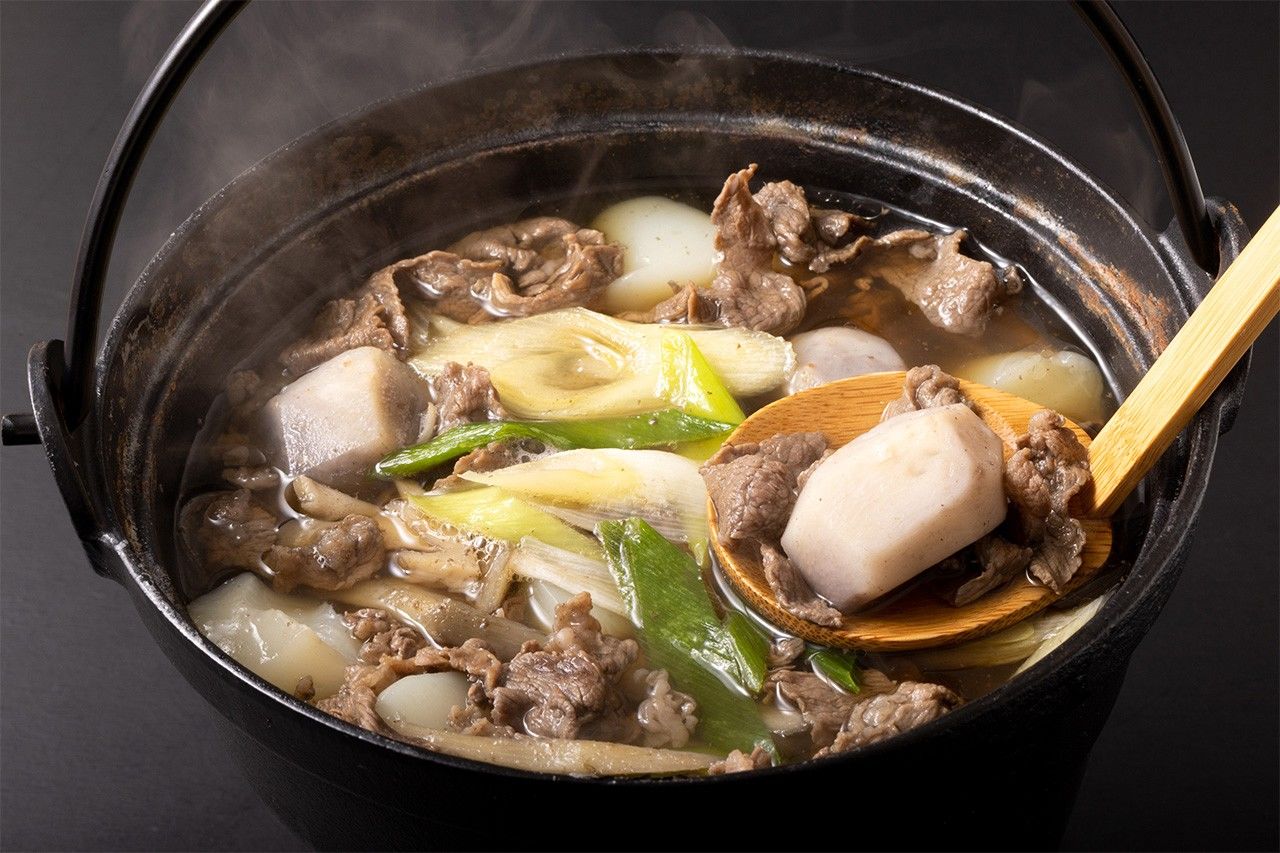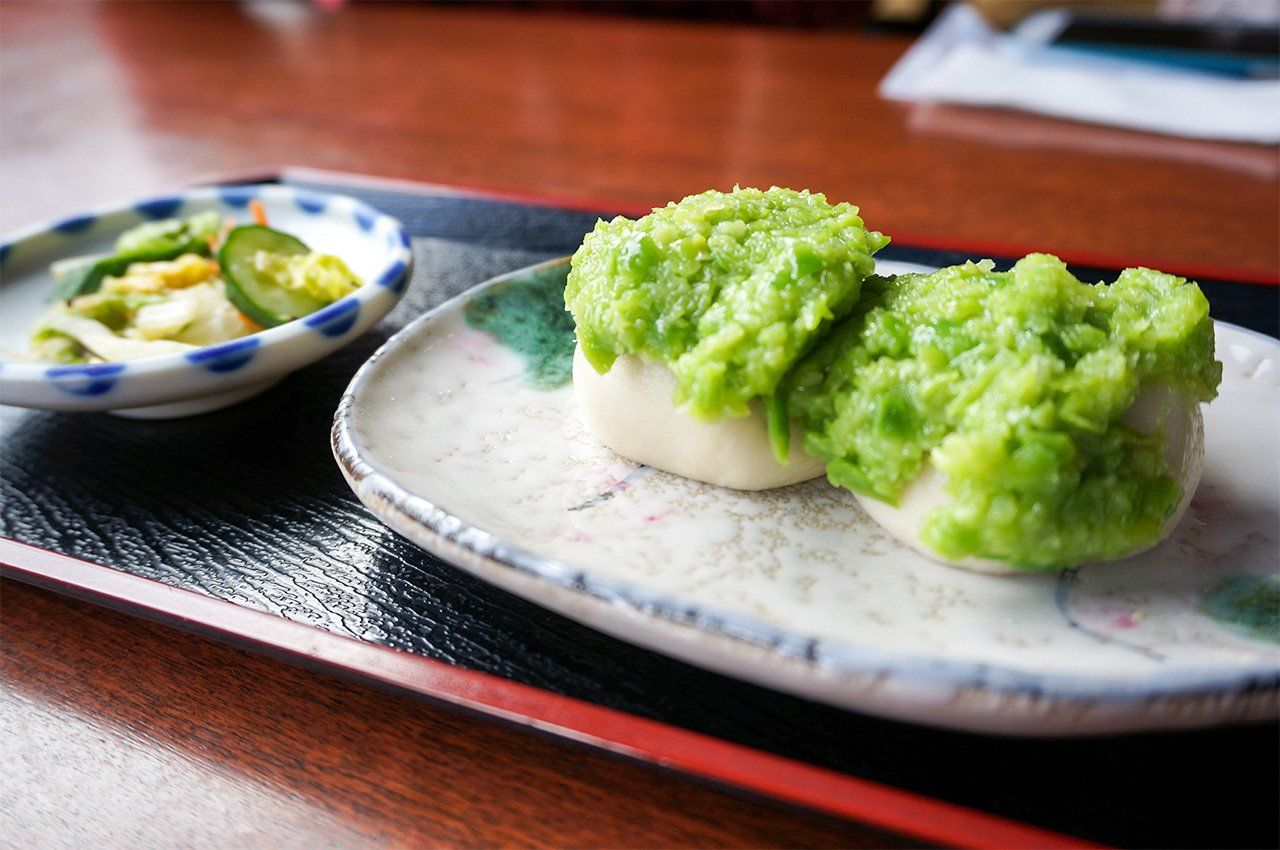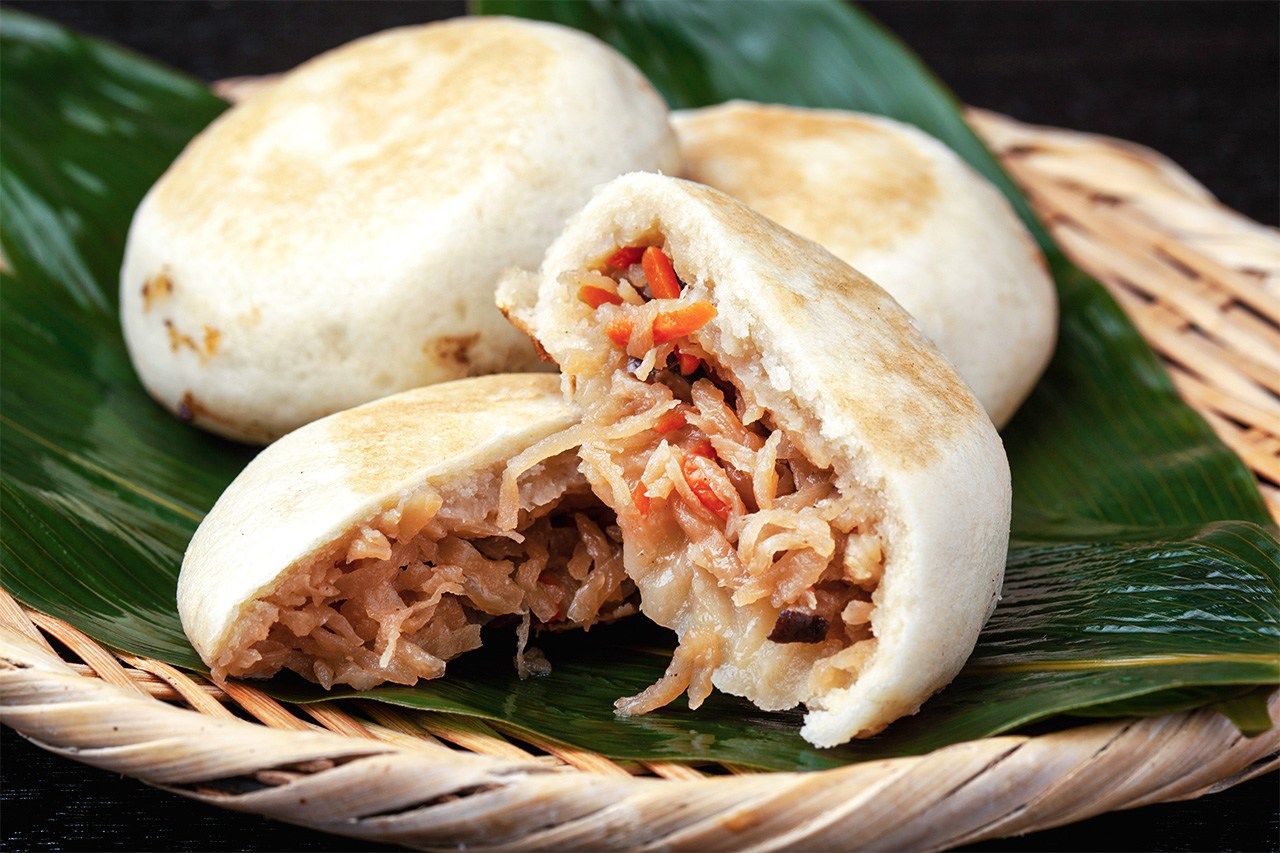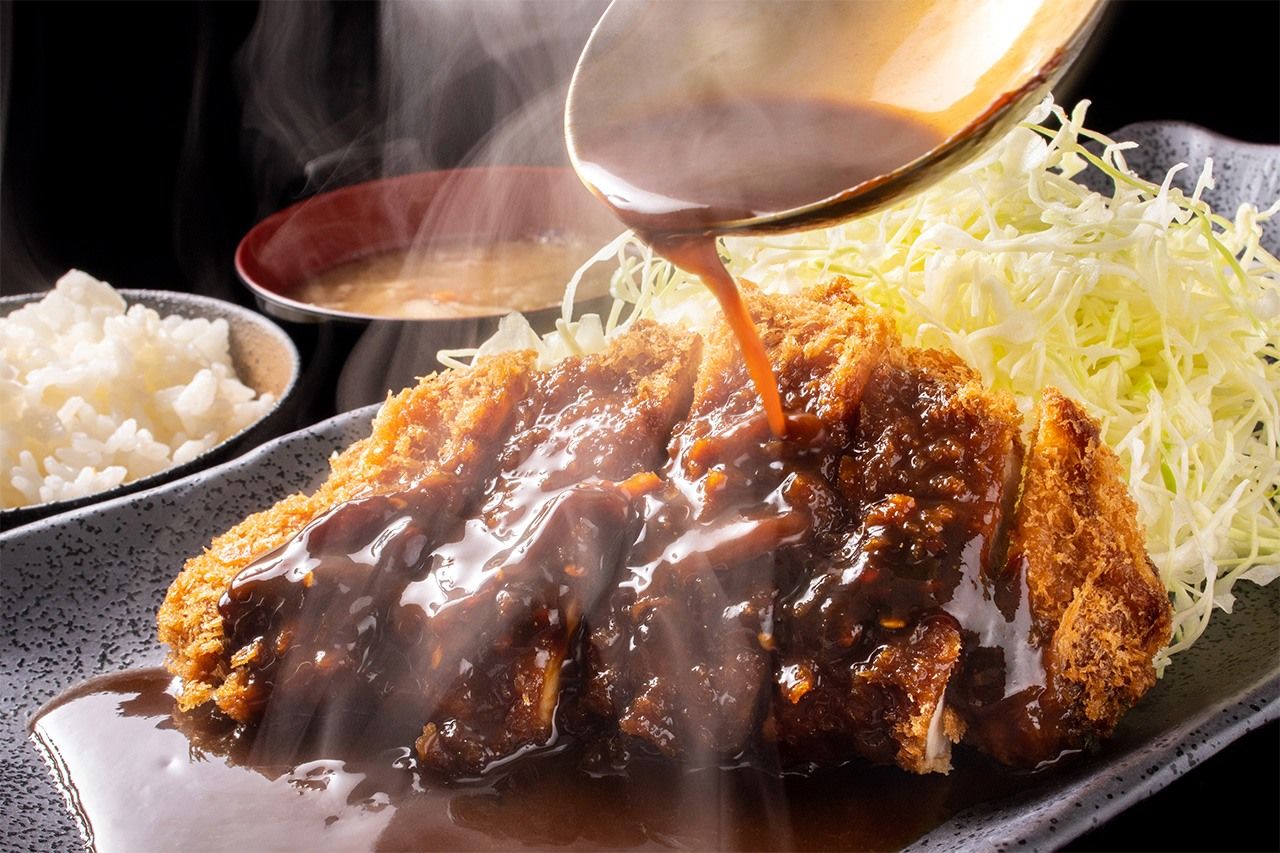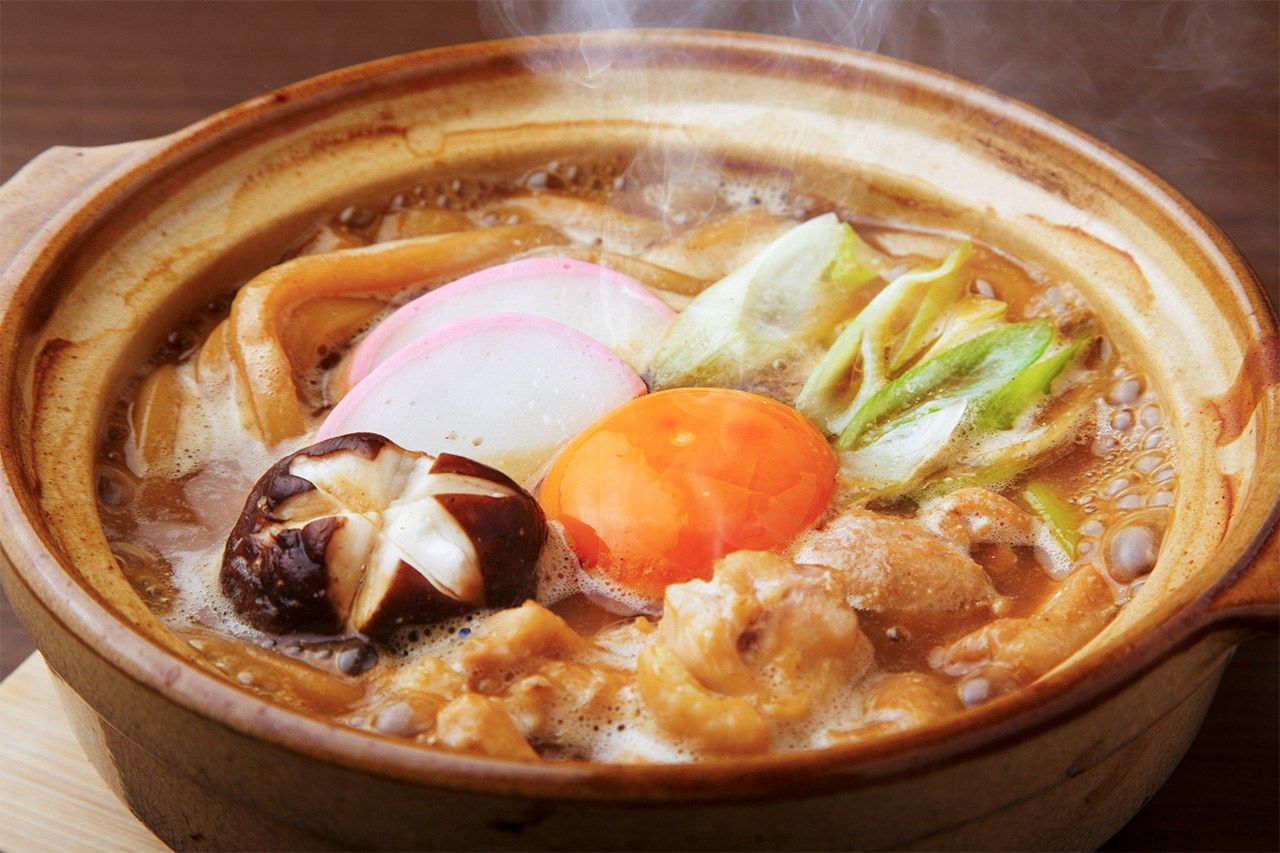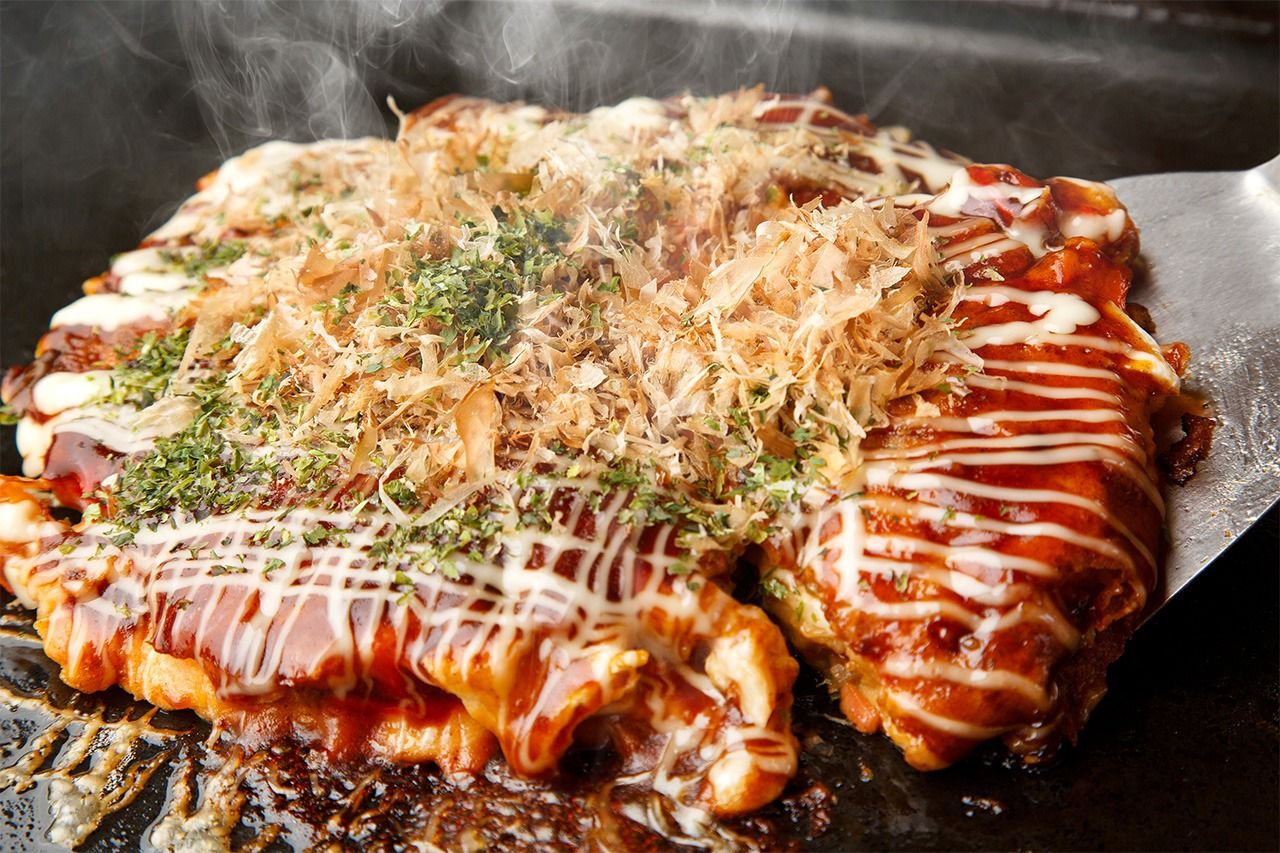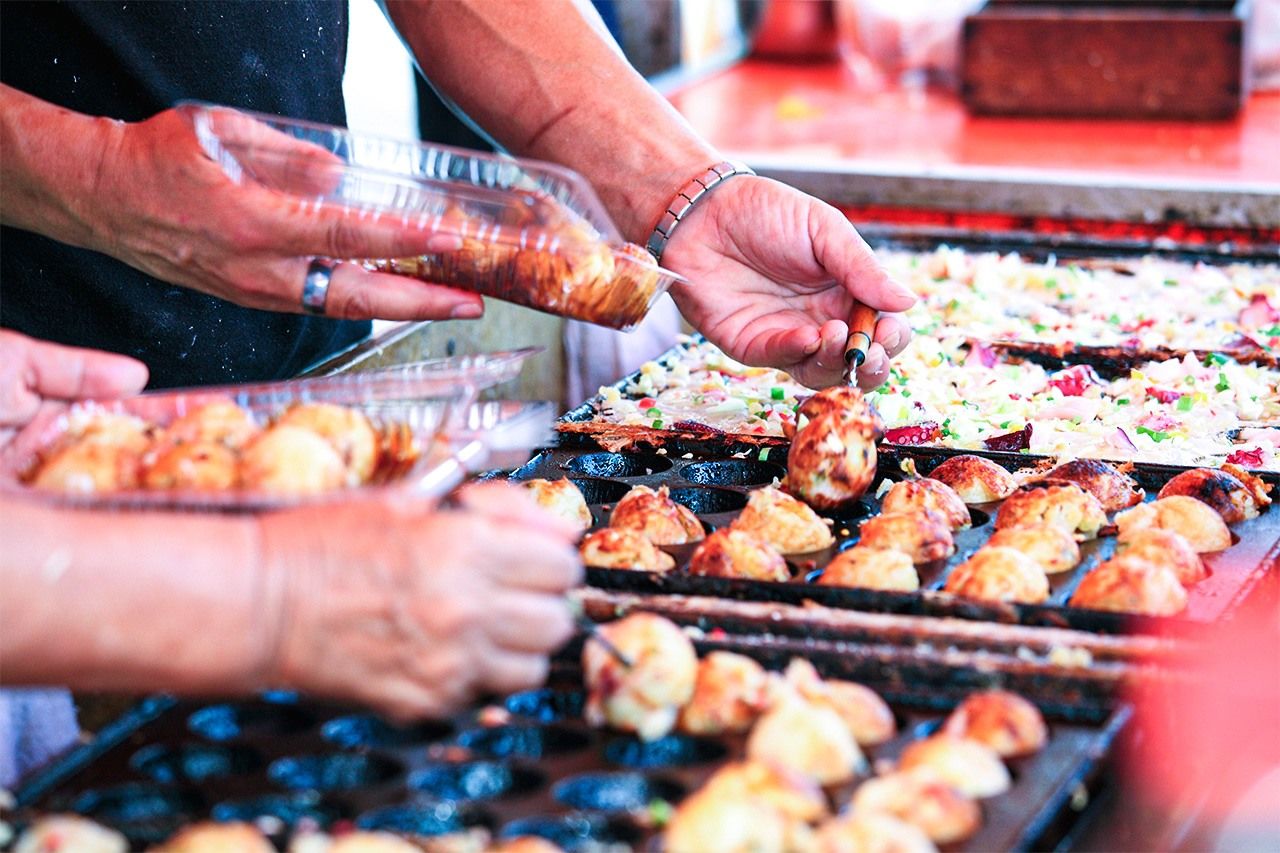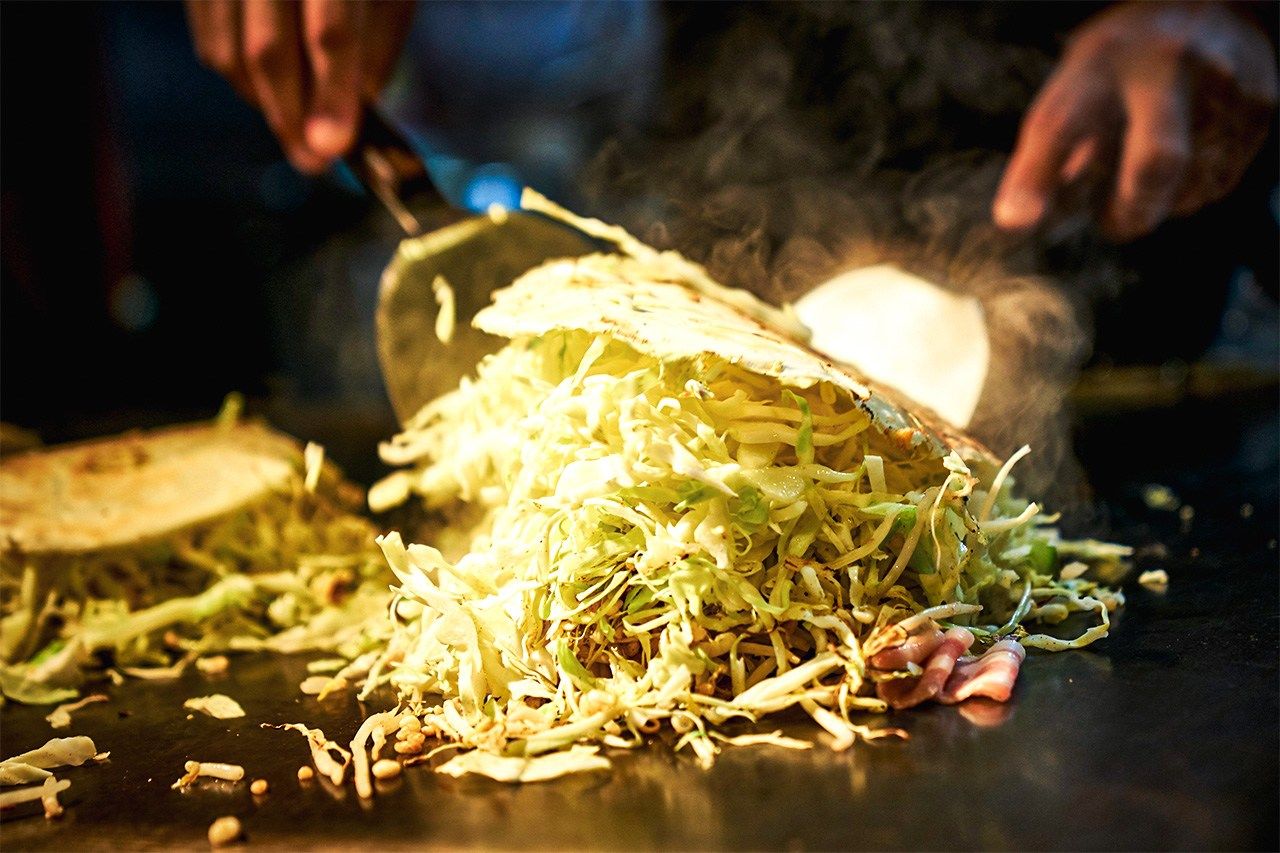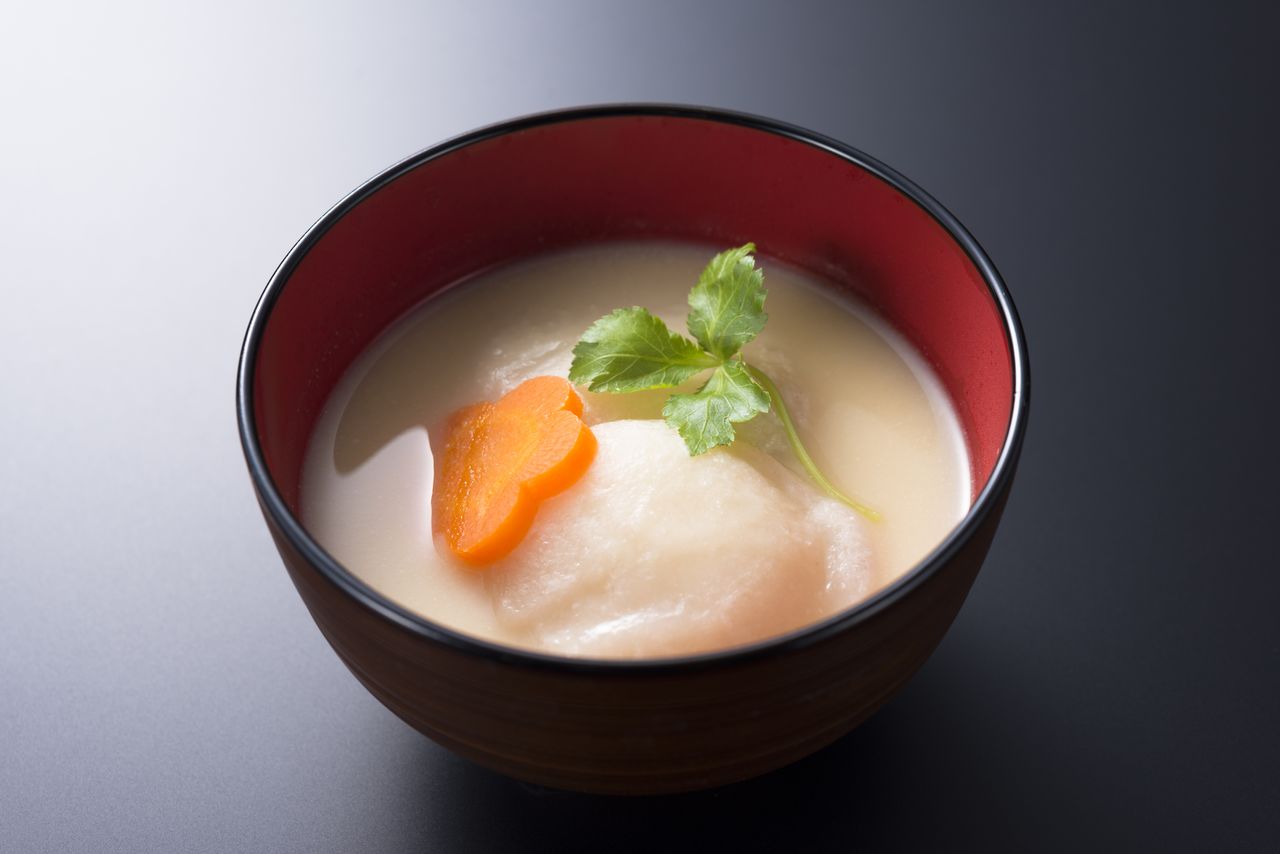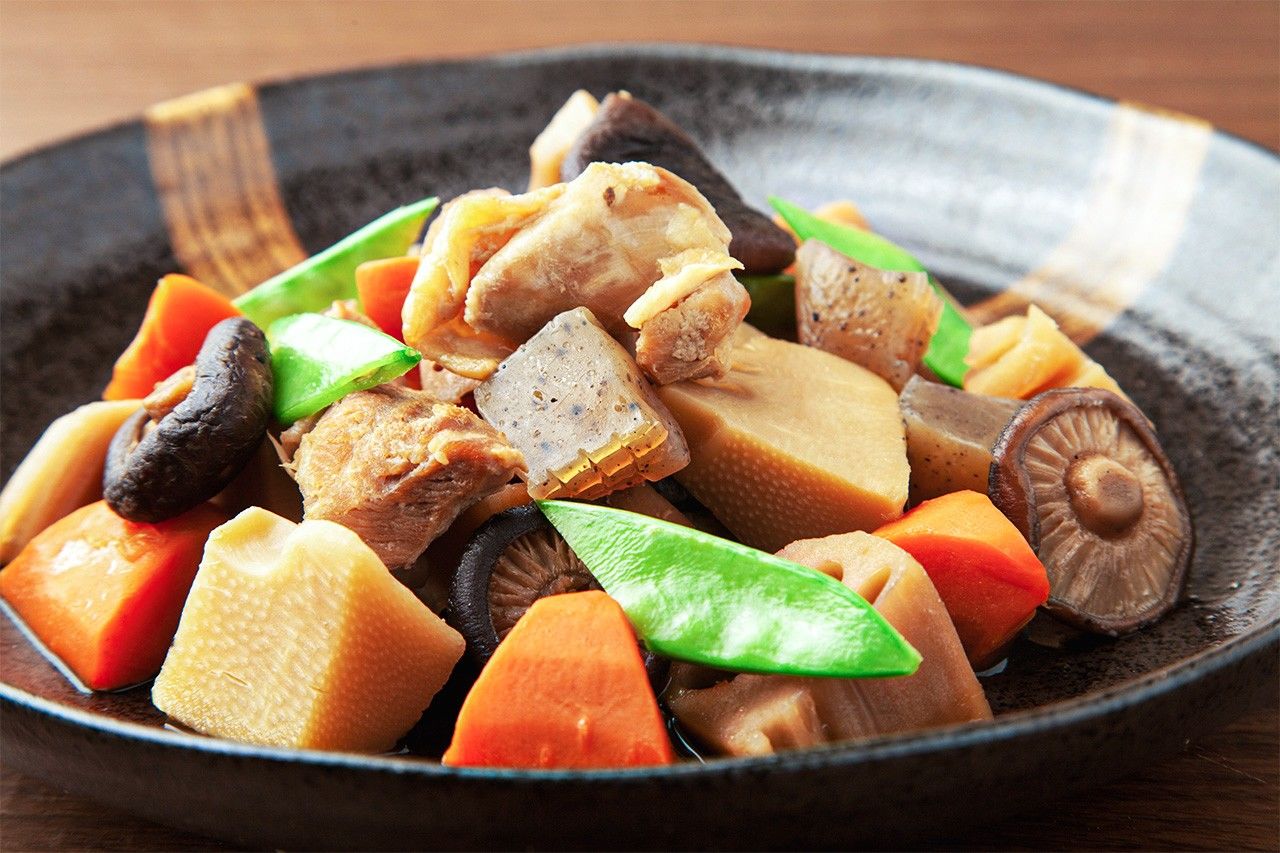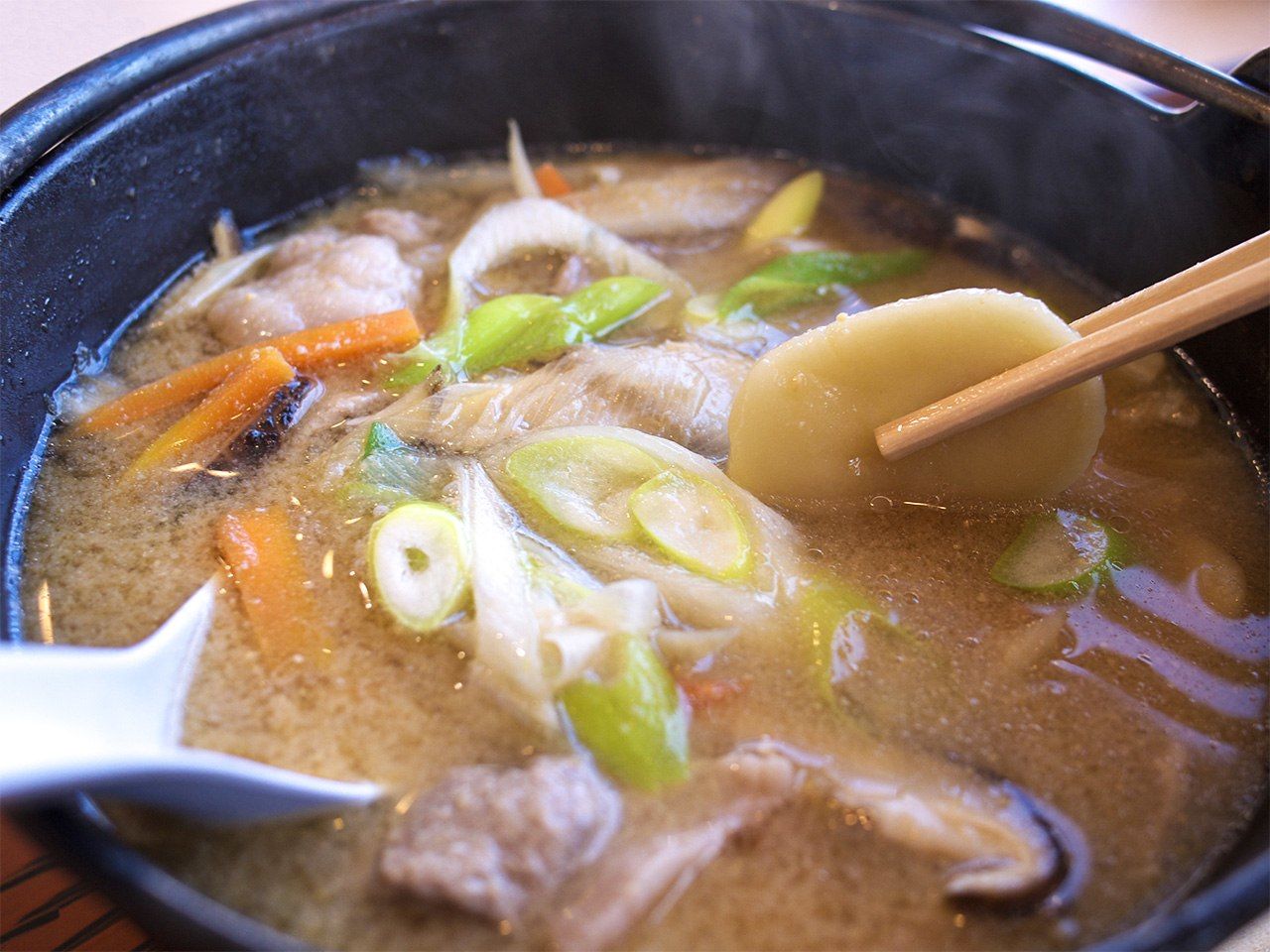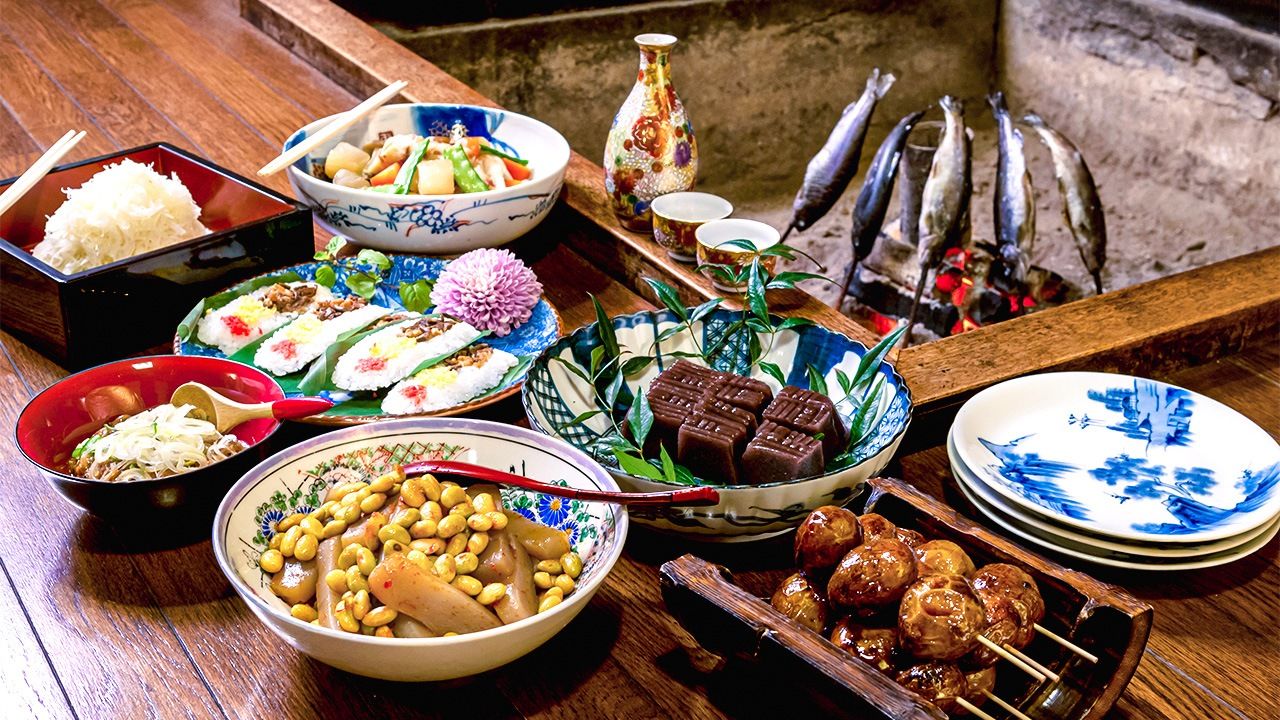
“Kyōdo Ryōri”: Japan’s Best-Known Regional Cuisine Ranked
Culture Lifestyle Food and Drink- English
- 日本語
- 简体字
- 繁體字
- Français
- Español
- العربية
- Русский
In a fiscal 2022 Ministry of Agriculture, Forestry, and Fisheries’ survey looking at Japanese people’s thoughts on the nation’s food culture, respondents were asked about how much they knew about the variety of kyōdo ryōri, or regional cuisine, in each of nine areas across Japan. The results showed that, partly due to the effect of food education, a relatively high rate of around 60% of men and women in their twenties and also women in their sixties know about regional cuisine. When looking at the different regions though, there was a deep split, with the rates for the heavily urbanized Kantō, Tōkai, and Kansai areas much lower than elsewhere. The regional cuisine that had the highest amount of awareness was jingisukan, or “Genghis Khan,” a grilled mutton dish originating in Hokkaidō, at 68.8%. Meanwhile, the most recognized dish in the ranking for Kantō was okonomiyaki at 12.5%, although it is more typically associated with Kansai and Hiroshima.
The best-known dishes by region are listed below.
Jingisukan (Genghis Khan) (Hokkaidō)
With the outbreak of World War I, it became difficult to import wool into Japan, leading to sheep breeding flourishing in Hokkaidō in order to become self-sufficient. It was thought to be most effective to introduce a breed that could be used for both wool and meat and this dish was a way to increase mutton consumption. A special jingisukan grill pan with a convex center is used to grill the mutton along with vegetables. As winter comes to an end and spring rolls around, it is time for jinpa, or jingisukan parties, where family and friends gather together to enjoy this delicious dish.
Ishikari Nabe (Hokkaidō)
This is a hot pot dish named after the Ishikari River estuary, where salmon fishing has been popular since the Edo period (1603–1868). Its origins are said to come from fishermen who would celebrate a big catch by putting chunks of freshly caught salmon or saw-edged perch straight into a pot of miso soup.
Imoni (Tōhoku and Kantō)
Imoni, a stew made of taro and meat was ranked most well-known in Tōhoku and was the second most familiar dish in the Kantō region. It is an autumn custom to have an imoni-kai, a party where taro, meat, konnyaku, and other ingredients are simmered in a large pot for everyone to share. Even within Yamagata Prefecture, where this cuisine is said to originate, the flavors differ depending on the area. While beef and soy sauce are popular in Nairiku, there is a preference for pork and miso in Shōnai, along the coast of the Sea of Japan. It is a sign of peace if, while people are drinking, they argue about the imoni in their area tasting better.
Zunda Mochi (Tōhoku)
These are mochi sticky rice cakes, served coated with zunda, a bean paste made by mashing boiled edamame and mixing it with sugar. The name zunda is thought to originate from Jinta, the name of a farmer who came up with this paste by boiling edamame in a helmet while at the war front. Another theory though is that it is because the edamame was mashed using the handle of a type of sword known as a jindachi.
Noppeijiru (Kōshin’etsu/Hokuriku)
This is a representative home-cooked dish in Niigata Prefecture. The main ingredient is taro, simmered together with other vegetables and mushrooms.
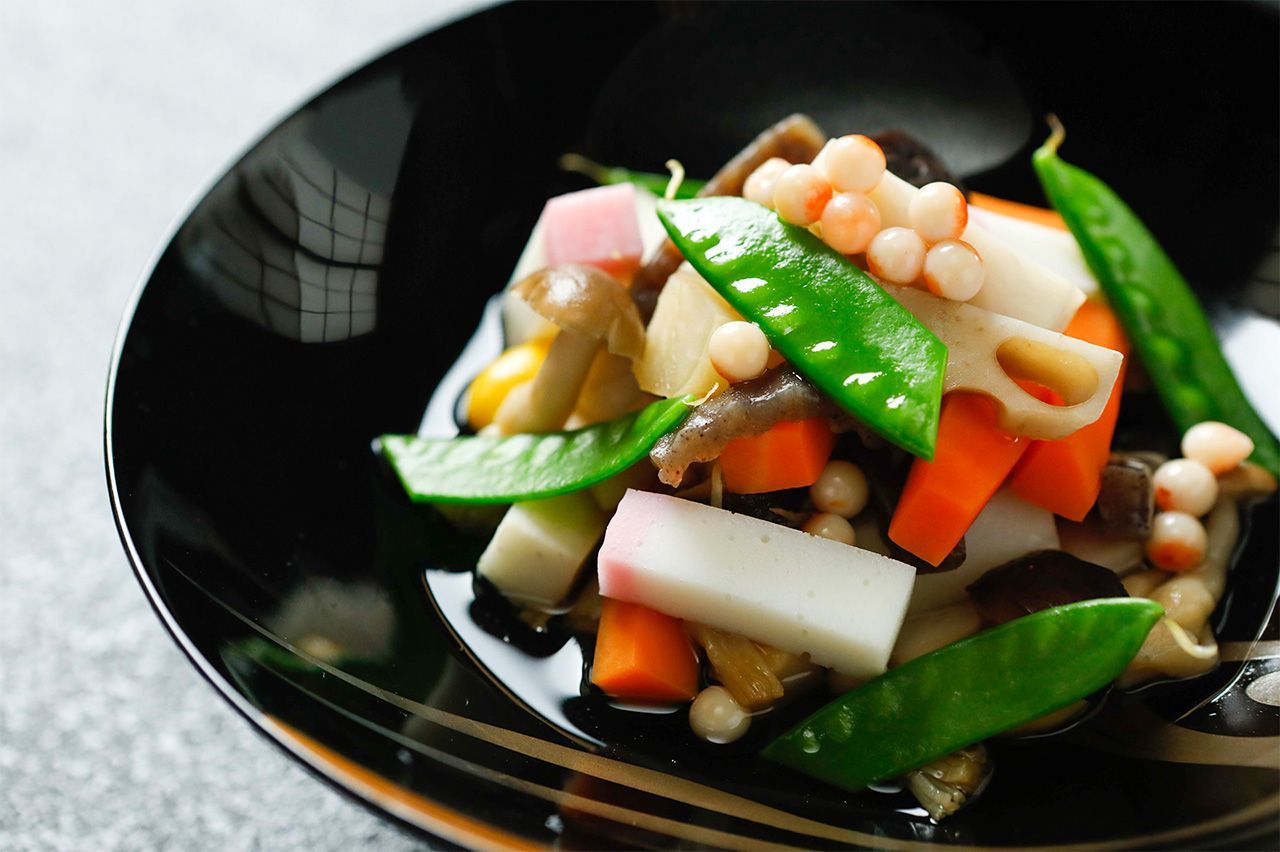
(Courtesy the Ministry of Agriculture, Forestry, and Fisheries)
Oyaki (Kōshin’etsu/Hokuriku)
These dumplings are made using a wheat flour and buckwheat flour dough base, stuffed with either an (sweet bean paste) or seasonal vegetables, which are then pan-fried and steamed. This is a typical dish in Shinshū, now Nagano Prefecture, and is a type of kyōdo ryōri that was originally created in cold mountainous regions where it was not possible to cultivate rice. There are a wide range of variations, with the stuffing including side dishes like kiriboshi daikon (dried daikon strips simmered in a light broth) and takanazuke (pickled Japanese mustard greens).
Miso Katsu (Tōkai)
These pork cutlets covered in a thick miso-based sauce are a representative Nagoya food.
Miso Nikomi Udon (Tōkai)
This dish combines firm, thick udon noodles with a rich hatchō miso soup base. Hatchō miso comes from the village of Hatchō, located just 870 meters away from Okazaki Castle, the birthplace of Tokugawa Ieyasu.
Okonomiyaki (Kansai)
This savory pancake is known as a soul food for people in Osaka and is sometimes eaten as a side dish, accompanied by rice.
Takoyaki (Kansai)
These octopus dumplings are made by pouring a batter of flour, dashi stock, and eggs into a special indented hotplate. Fillings like chopped octopus and agedama (tempura scraps) are added and then everything is cooked together, while it is shaped into balls. This is a staple street food, but in Osaka it is also a popular cuisine to enjoy at home and it is said every house there has a takoyaki maker.
Okonomiyaki (Chūgoku)
Filled with so much cabbage, this dish could almost be called a cabbage pancake. Kansai and Hiroshima have distinct variations.
See: “Okonomiyaki”: Kansai and Hiroshima Styles
Mamakari no Suzuke (Chūgoku)
Mamakari is a nickname for the small fish sappa or Japanese sardinella, part of the herring and sardine family, which has been pickled in vinegar. This dish gets its name from being so delicious, extra rice (“mama”) has to be brought over (“kari ni iku”) so you can keep eating it.
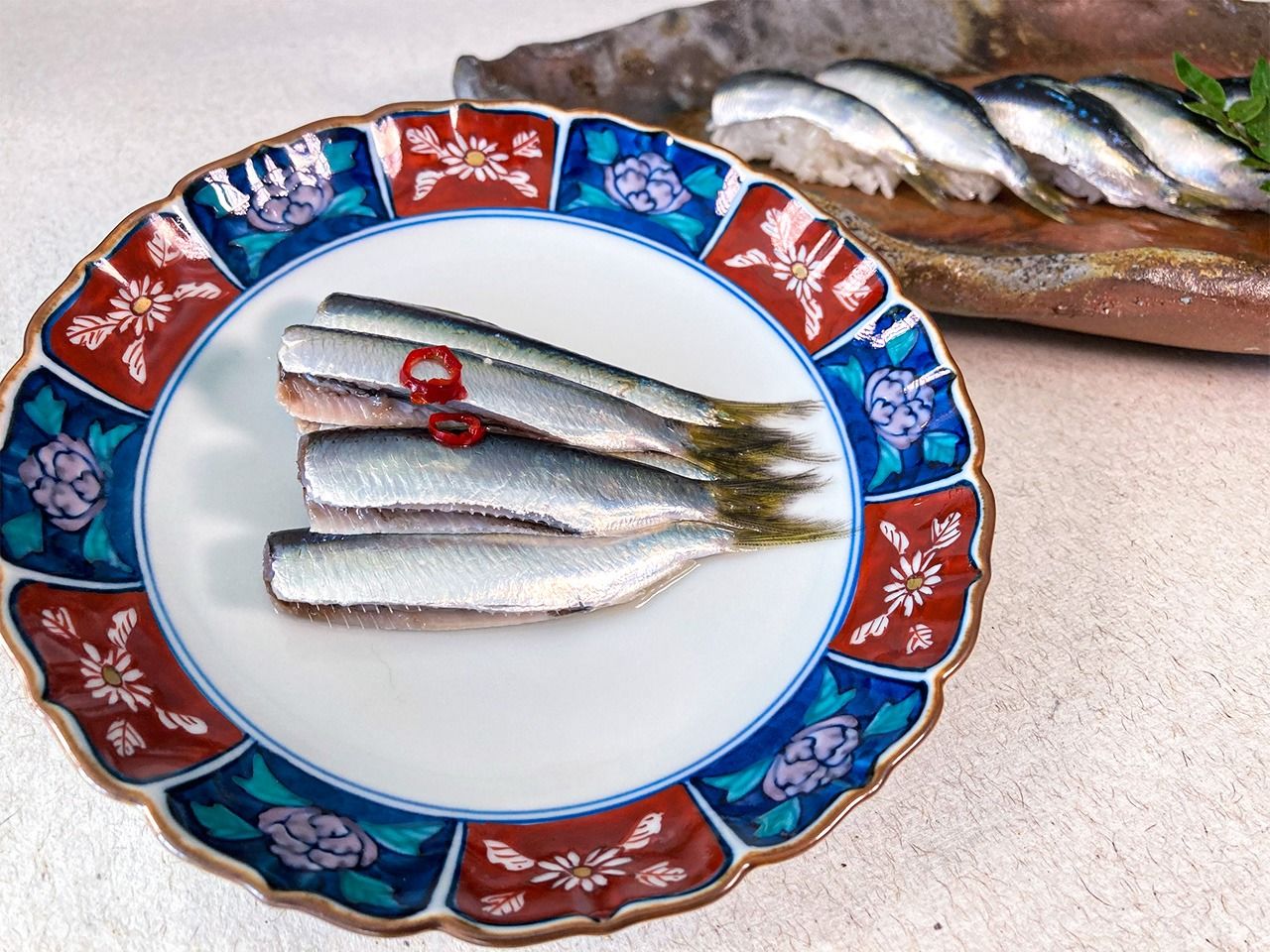
(Courtesy of the Ministry of Agriculture, Forestry, and Fisheries)
Taimeshi (Shikoku)
For this dish, a whole tai (sea bream) is cooked together with rice or meshi, after which the fish is broken up into pieces and mixed back into the rice ready to be eaten. It makes a wonderful meal as the rice is suffused with the umami of the tai.
Shiromiso Zōni (Shikoku)
Zōni is a soup with ingredients and seasonings that vary greatly depending on the region. In Tokushima Prefecture, it is growing more popular to use shiromiso (white miso).
Gameni (Chikuzenni) (Kyūshū/Okinawa)
The name for this stew, game-ni, is said to derive from the word gamekurikomu, meaning “to gather together” in the Hakata dialect spoken in Fukuoka city. Bursting with root vegetables, it is served without fail at New Year and parties where people come together to celebrate special occasions.
Dagojiru (Dangojiru) (Kyūshū/Okinawa)
This is a type of soup that has added dumplings, known as dago or dango, formed from a firm paste of flour and water. The shape of the dago vary from region to region. A wide variety of ingredients are used too. While widely eaten throughout Kyūshū, it is especially popular in Kumamoto Prefecture.
(Translated from Japanese. Banner photo © Pixta.)
